
How to teach a dog to speak?
Dogs communicate in their own way—with barks, whines, and body language—but teaching them to “speak” on command turns that natural instinct into a fun trick.
Most puppies start showing signs of bladder control around 12 to 16 weeks old, but full potty training usually takes longer—often until they’re 6 months or even older. It’s not a one-size-fits-all timeline; breed size, individual personality, and consistency in training play big roles. Smaller breeds, for example, tend to have tinier bladders and might need more patience, while some larger pups catch on faster with regular routines.
A key factor is their developing nervous system. Before 12 weeks, most puppies can’t hold their urine for more than an hour or two, making accidents inevitable. As they grow, their ability to “hold it” stretches—by 4 months, many can last three to four hours, and by 6 months, up to six. But even then, excitement or stress might lead to slip-ups, so don’t rush to declare training complete.
Consistency is non-negotiable. Take your pup out first thing in the morning, after meals, naps, and playtime, and before bed—this builds a routine they’ll learn to anticipate. Praise or a small treat right after they go outside reinforces good behavior far better than scolding for accidents. Remember, yelling can make them afraid to go in front of you, slowing progress.
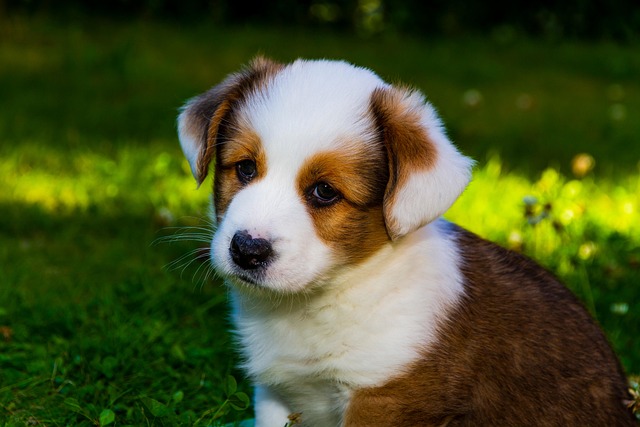 Local laws matter too. In many European countries, like Germany, leaving dog waste uncollected can result in fines, so part of potty training includes teaching them to go in areas where cleanup is easy. In the U.S., some cities require dogs to be leashed in public, meaning training them to go on command while tethered is essential. Ignoring these rules isn’t just rude—it could land you with a ticket.
Local laws matter too. In many European countries, like Germany, leaving dog waste uncollected can result in fines, so part of potty training includes teaching them to go in areas where cleanup is easy. In the U.S., some cities require dogs to be leashed in public, meaning training them to go on command while tethered is essential. Ignoring these rules isn’t just rude—it could land you with a ticket.
Socialization ties into training too. Puppies exposed to different environments—sidewalks, parks, grass, concrete—learn to adapt and go potty anywhere, which is crucial for city dwellers. A pup that only knows your backyard might panic and hold it during walks, leading to indoor accidents later.
By 8 to 12 months, most dogs have mastered potty training, but occasional mistakes can happen, especially if their routine is disrupted. Moving homes, a new family member, or even a change in weather might throw them off. Stay patient, get back to basics, and they’ll quickly re-adapt.
The goal isn’t perfection overnight, but a reliable habit built on trust and routine. With time, your pup will learn to communicate their needs—whether it’s standing by the door or giving a little whine—and you’ll both feel confident navigating daily life, no matter where you live.

Dogs communicate in their own way—with barks, whines, and body language—but teaching them to “speak” on command turns that natural instinct into a fun trick.
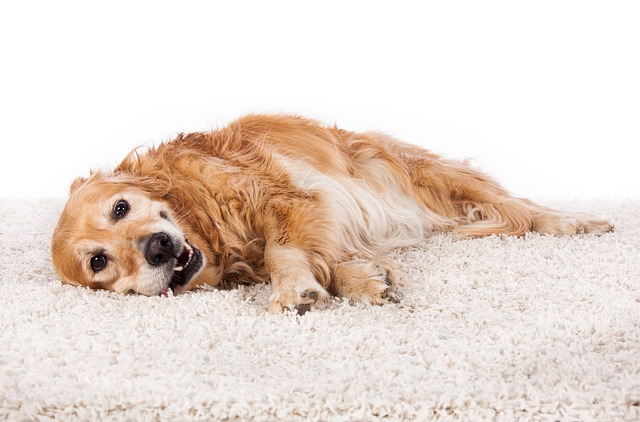
That moment when you call "Max!" for the third time and your pup just stares blankly—or worse, trots in the opposite direction
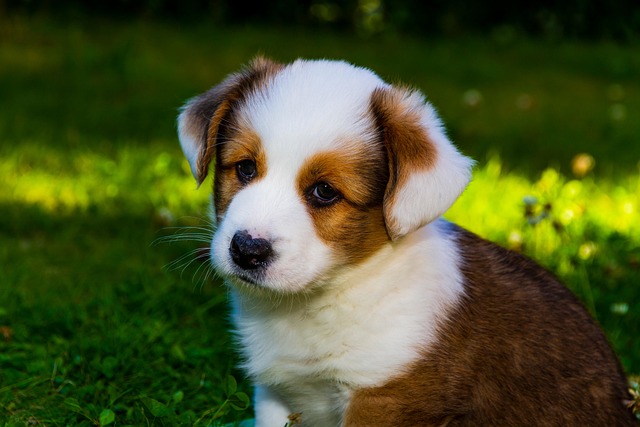
Most puppies start showing signs of bladder control around 12 to 16 weeks old, but full potty training usually takes longer—often until they’re 6 months or even older.
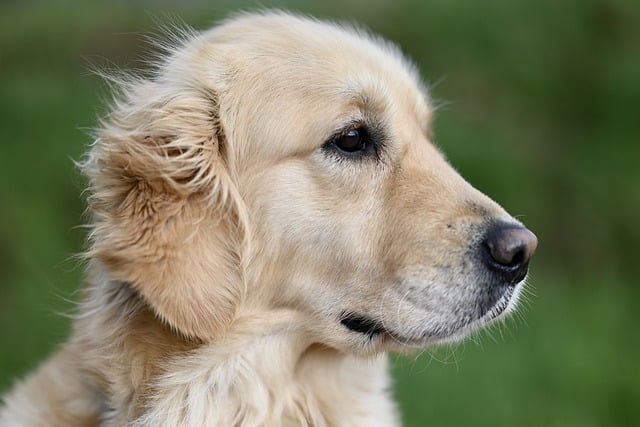
Imagine this: You wake up, grab your dog’s favorite peanut butter treat—usually enough to make them zoom to the kitchen—and call their name.
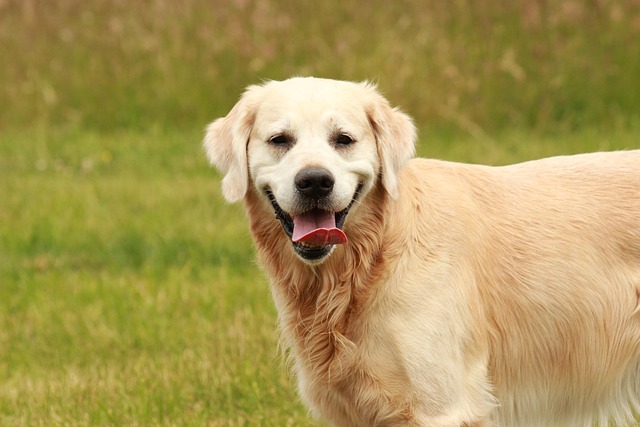
Getting your puppy to respond to its name isn’t just about convenience—it’s a building block for safety, especially when you’re out in busy parks or near streets.
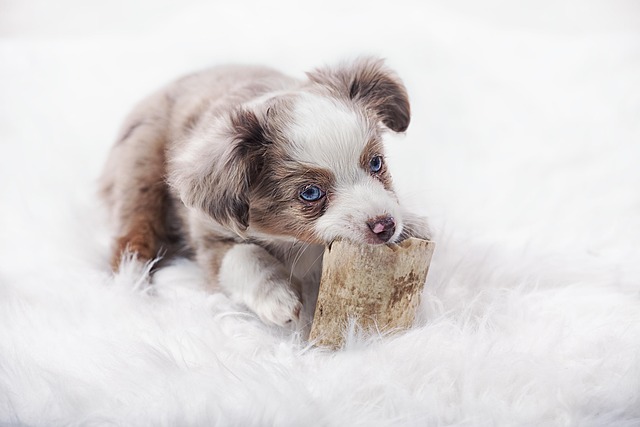
Consistency is key, but so is reading the signs. A puppy that’s getting the hang of potty training will start showing deliberate behaviors—like pausing mid-play, sniffing the floor in a focused way, or even trotting toward the door without prompting.